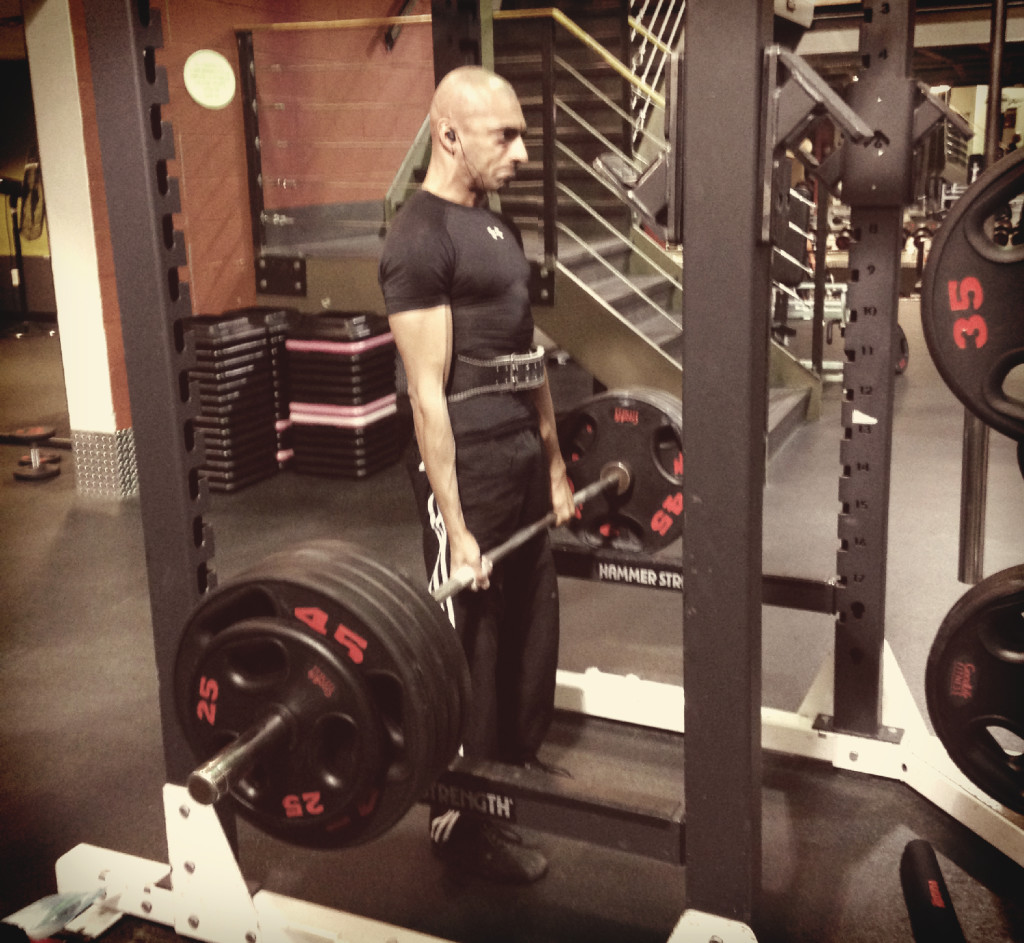Question: My son is a kicker and punter for a local. Can be developed through weight training. The hamstrings and should be part of the program as. Check out these drills to help strengthen kickers and punters. Position specific exercises for special teams. Aspect of football training.


Strength Training for Football Players The benefit of strength and strength training for footballers is well supported by research. For example, De Proft and colleagues had one group of Belgian professionals perform extraduring the season. Compared to a control group of colleagues who did no extra training, the players improved their kicking power and leg strength. Reilly (1990) showed that the stronger players outlasted the weaker players in terms of a regular place in the team, and had reduced injury risks.
He recommends that leg strength in particular is developed, especially in the quadriceps and hamstrings, to help stabilise the knee joint, which is the most frequently injured joint in football. Apor (1998), a Hungarian researcher who has been involved in long-term studies of Hungarian professionals, agrees, saying that knee-extension torque has been associated with success in the game and that strong hamstring muscles in relation to quadriceps are crucial to knee injury prevention. Elgin Community College Truck Driver Program. Another common football injury is hernia, for which the best protection is developing strong abdominal muscles. Strength Training From this brief review of the research, we can conclude that strength and strength training, especially in the legs and trunk, are important for footballers who want to improve kick performance and reduce the risk of injury.
To increase general strength, a workout consisting of leg press, leg extensions, leg curls, bench press, lat pull downs, abdominal and lower back exercises, would be ideal. This can be done with multi-gym equipment, which is also safe and easy to use. In my experience, some professional players use the club's gym equipment to perform this kind of workout after their official training session.
Reilly found that players who voluntarily performed extra strength training were the ones who suffered the fewest muscle injuries. Therefore, since maintaining a fully fit squad can be a big problem, it makes sense for clubs to encourage or schedule general strength training for all players.
And sprint times, too Another piece of research - by Taiana and colleagues in France - showed that a 10-week leg-strength training program for footballers improved their 10m and 30m sprint times and their vertical jump performance. These motor tasks are obviously very valuable. However, this study used a training program that targeted maximum strength with heavy resistances. Although this type of training is a proven method for enhancing sprint speed and jumping power, it is also difficult to include in the regular training program of a football team, because the recovery required after heavy resistance training might interfere with the regular competitions during the season. As with strength training the value of good sprinting speed for footballers is well supported by research.
Ekblom (1986) found that the absolute maximum speed shown during play was one of the parameters that differentiated elite players from those of lesser standard. This is supported by a study with German division-one players by Kollath and Quade (1993).
They showed that professionals were significantly quicker than amateurs over 10m, 20m and 30m. The acceleration difference to 10m was especially significant. This suggests that better players need superior acceleration and maximum speed to play at a higher level. Interestingly, the 30m speed was similar for the German professionals regardless of position. The training regimes of footballers must therefore reflect this need for good acceleration and maximum speed.